The best camera for vlogging and shooting high quality videos of your travel and life.
Are you looking for the best camera for vlogging you can buy? You can start with this. Whether you want to shoot high-quality clips for your social media audience, start a YouTube channel, or participate in a live broadcast, we’ve tested and installed the best vlogging cameras in our guide below.
There are some basic principles that all humidity rooms should have. If you are a solo instructor, an articulation screen is necessary as it allows you to frame the frame while looking at the camera. Sound is just as important as video quality, so microphone input is essential, and powerful autofocus (with AF/Face/Eyes) gives you confidence that your camera will stay focused on your subject.
When it comes to picture quality these days, it’s not just about 4K, but adding options like 4K/60p mode (for slow-motion tenting) and 10-bit color depth, giving you plenty of skill Edit more as your skills get marks. For those who do a lot of running, IBIS (Intra-Body Image Stabilization) is also a useful extra, although you may still need the gimbal for really smooth images.
Our roundup of the best camera for vlogging includes all the tips from our in-depth test – be sure to read to the end and you’ll find the best pick for you.
Read Also: Best Action Cameras
List of Best camera vlogging
1. Sony A6400
This Feature-Packed Camera Is Built for Vloggers.

| SPECIFICATIONS- | |
| Viewfinder: | EVF, 3.68 million dot |
| Resolution: | 24.2MP |
| Type: | Mirrorless |
| Connectivity: | Wi-Fi, NFC, Bluetooth |
| Sensor size: | APS-C CMOS |
| Monitor: | 3.0-inch tilt-angle touchscreen, 921,000 dots |
| Max movie resolution: | 4K |
| Size, weight: | 120 x 67 x 60mm, 403g |
The original Panasonic GH5 was a legendary Best Camera for Vlogging, thanks to industry-leading 4K video specifications and a relatively small and affordable device with IBIS. The GH5 Mark II doesn’t make significant improvements to this existing formula, but it does add a very useful trick: wireless streaming.
With the Panasonic GH6 visible and perhaps a significant upgrade to the GH5 in terms of video quality, live streaming is really at the heart of the GH5 Mark II – and it works well. Streaming to YouTube and Facebook is fairly easy thanks to the built-in features of the Lumix Sync app, but can also be sent to others like Twitch thanks to supporting the standard RTMP / RTMPS protocol.
Streaming quality is limited to 1080 / 60p, and the GH5 Mark II autofocus is still far from the best, but perfect for most situations and the Best Camera for Vlogging other features (body image stabilization), matching screen, and various video recording options. Visit one of the best vlog camcorders, especially if you want live posts.
REASONS TO BUY
- Built-in wireless streaming
- Strong image quality
REASONS TO AVOID
- Not a big leap over the GH5
2. Fujifilm X-T4
A Well-Rounded, High Quality Best Camera for Vlogging.
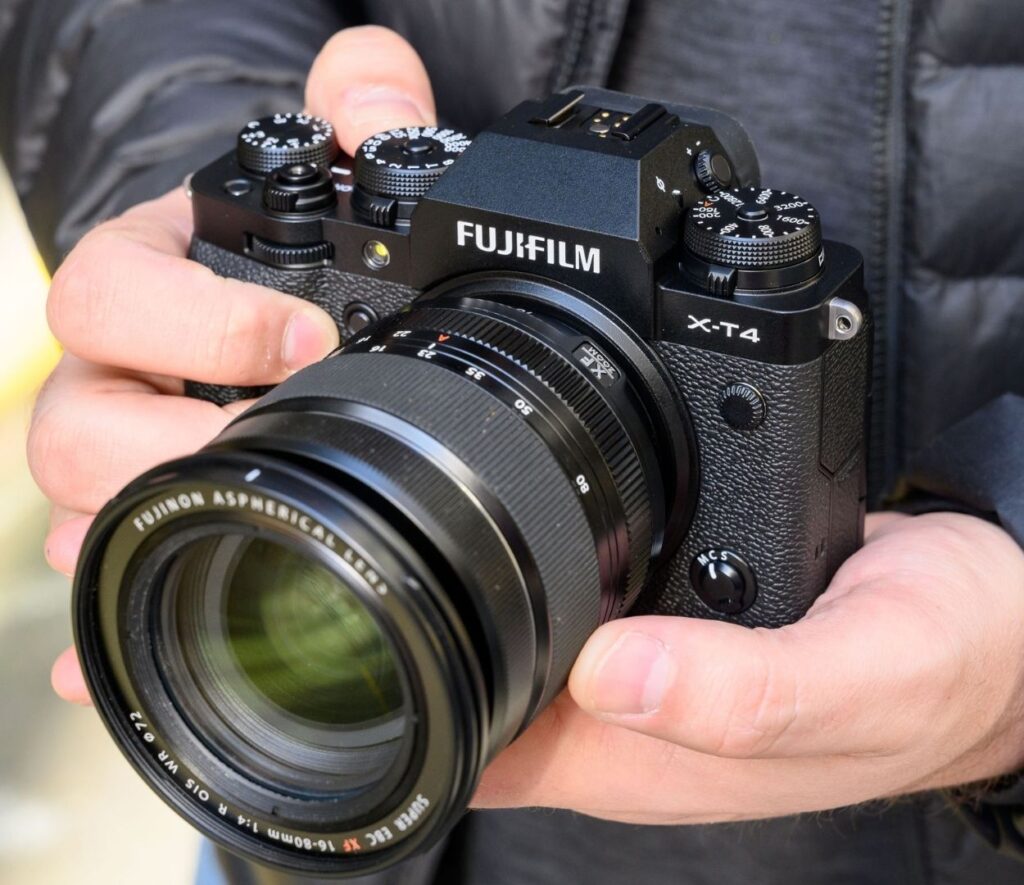
| SPECIFICATIONS- | |
| Viewfinder: | 3,690K dots |
| Resolution: | 26.1MP |
| Sensor size: | APS-C |
| Monitor: | 3.0-inch tilt-angle touchscreen, 1,620K dots |
| Max movie resolution: | 4K at 60p |
| Autofocus: | 425-point AF |
| Maximum continuous shooting rate: | 15fps (mechanical shutter), 30fps (electronic) |
If video quality is your priority, it’s hard to beat the Fujifilm X-T4 as an all-around vlog player. Some full-frame cameras can still lead the way in dynamic range and high ISO performance, but that’s not a big difference, and the X-T4 offers an overall setup ideal for travel. The X-T4, one of the best hybrid shooters, brings significant improvements to the X-T3, including body image stabilization (IBIS), a larger battery, and autofocus functions. Improved.
The latter is fast and reliable for both stills and video, but for the best results, we recommend using some of Fujifilm’s latest lenses, such as the XF16-80mm f4 R OIS. With a microphone input, front display, weatherproofing, and the ability to record Cinema 4K video at up to 60fps, the X-T4 is a versatile logging option, ideal for those looking for a camera that can capture both stills as video capture.
REASONS TO BUY
- Superb image quality
- IBIS a big bonus for video
REASONS TO AVOID
- No headphone jack
- Video recording limit
3. Panasonic Lumix S5
A Portable Full-Frame Camera with Excellent Video Specifications.

| SPECIFICATIONS- | |
| Viewfinder: | EVF, 2.36 million dots |
| Resolution: | 24.2MP |
| Type: | Mirrorless |
| Connectivity: | Wi-Fi, NFC, Bluetooth |
| Sensor size: | Full-frame |
| Monitor: | 3.0-inch articulating touchscreen, 1.84 million dots |
| Max movie resolution: | 4K/30p |
| Size, weight: | 132.6 x 97.1 x 81.9mm, 714g |
Panasonic Lumix S5 offers high-performance capabilities in the Small Lumix Three system and is a great brand that appeals to many designers.
Smaller and brighter than the GH5, but armed with faceless glasses, the Lumix S5 sits easier on the hand and has more lines of buttons and buttons. And vloggers will welcome the arrival of a valuable face that can be turned on the front page.
In fact, the S5 has a lot to offer in terms of video streaming. It can take 10 bit 4K Android, indoor 4K at 60p, and uncharged 4K at 30p. It also supports V-Log, timekeeping, dual native ISO, and 4K video. Physical capture keeps things clean and smooth, and while autofocus is relative, the AF-C approach is more than capable of following subjects as you walk and talk.
The only real implementation – apart from 30 minutes to 10-bit graphics – is to take the entire Micro HDMI port. And it may be worth considering an extra boost if you shoot every day. But with built-in Wi-Fi and Bluetooth looking like a 20-60mm movie lens kit, the S5 should mark almost every ground for vloggers.
REASONS TO BUY
+Compact and lightweight
+Outstanding video specs
REASONS TO AVOID
-No full-sized HDMI port
-Autofocus isn’t best-in-class
4. Fujifilm X-S10
A Mirrorless All-Rounder That Makes Perfect Sense for Vloggers
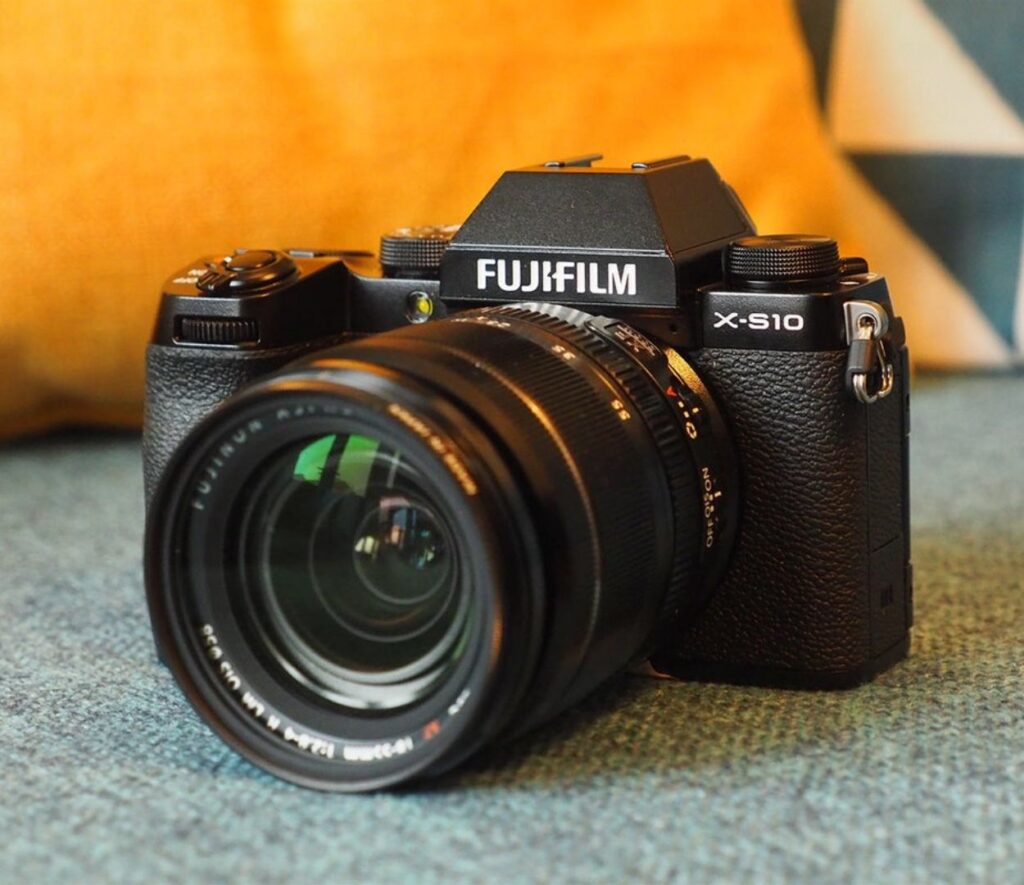
| SPECIFICATIONS- | |
| Viewfinder: | EVF, 2.36 million dots |
| Resolution: | 26.1 MP |
| Type: | Mirrorless |
| Connectivity: | Wi-Fi, NFC, Bluetooth |
| Sensor size: | APS-C |
| Monitor: | 3.0-inch vari-angle touchscreen, 1.04 million dots |
| Max movie resolution: | 4K 30p |
| Size, weight: | 126 x 85 x 65 mm, 465g |
The Fujifilm X-S10 is arguably the best full-length mirrorless camera in its price range and can master a variety of shooting styles, including vlogs. It’s not the cheapest or least option in this guide (the Sony ZV-1 below is a better compact option), but in terms of quality and fit, it’s the best choice right now. Our website is for breeders. Pair it with an XC15-45mm kit lens and you’ve got a great vlogging setup.
The X-S10 contains the tested combination of the 26.1 MP X-Trans CMOS 4 and X-Processor 4 sensor that we saw on the Fujifilm X-T4. It records uncut 4K / 30p video, has in-body image stabilization (IBIS) to dampen the vibrations of the handheld device, and the screen can rotate to see you. The X-S10 also comes with other useful features such as Full HD recording with 240p slow motion up to 10x, F-Log recording, and 4:2:2 10-bit video output capability.
Plus, you get a nice vintage look and a good, comfortable grip, which makes it a good combination choice for photos. Considering all the features you get, it’s also available at affordable prices for the wallet. But be warned: the incredible variety of X-series lenses can be irresistible.
REASONS TO BUY
- Great sensor
- IBIS in a small body
- Great handling
REASONS TO AVOID
- No weatherproofing
- Limited touchscreen controls
5. DJI Pocket 2
A tiny virtual cameraman for solo filmmakers.
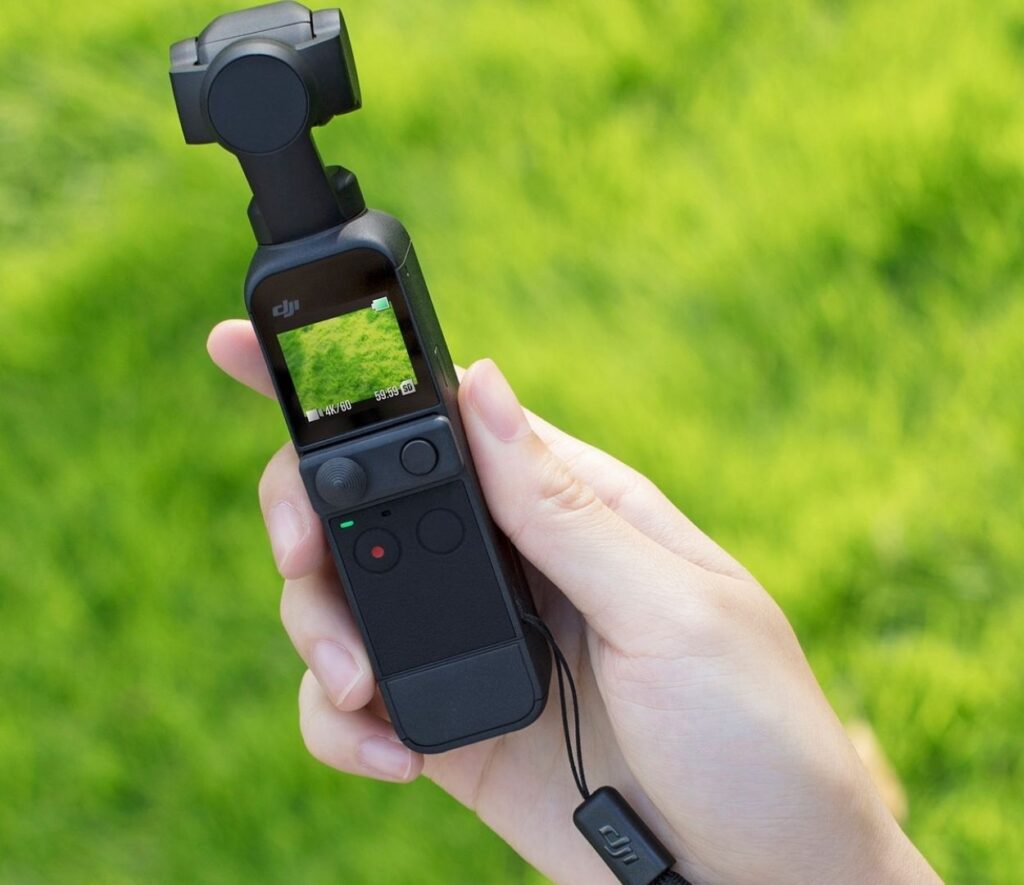
| SPECIFICATIONS- | |
| Viewfinder: | None |
| Resolution: | 64MP |
| Type: | Compact |
| Connectivity: | Wi-Fi |
| Sensor size: | 1/1.7-in |
| Effective focal length: | 20mm |
| Max movie resolution: | 4K 60p |
| Size, weight: | 124.7 x 38.1 x 30.0 mm, 117g |
We are big fans of the original DJI Osmo Pocket, but this sequel tackles many of the limitations and makes it the best compact choice for solo filmmakers. The Sony ZV-1 (above) excels at optimum video quality, but if you tend to shoot a lot of walk-and-talk-style clips in front of the camera, the combination of the three-axis gimbal and solid face tracking of the Pocket 2 can make you more attractive.
Compared to the Osmo Pocket (which is still sold as a more affordable alternative), the DJI Pocket 2 has a new larger sensor, brighter lens, improved microphone and wider field of view, which means you don’t have to keep it at arm’s length when playing. talking to the camera.
Place it on a base or stand surface, then rotate to let you shoot as you walk in front of it. Despite its larger sensor, the Pocket 2 is still not the ideal camera for low light or high contrast scenes, but it’s a very nice upgrade if you use your phone on a gimbal and the improved quad-mic sound mode means. You probably get decent sound quality.
6. Canon EOS M50 Mark II
A Modest Update, but Still a Stellar 1080p Option
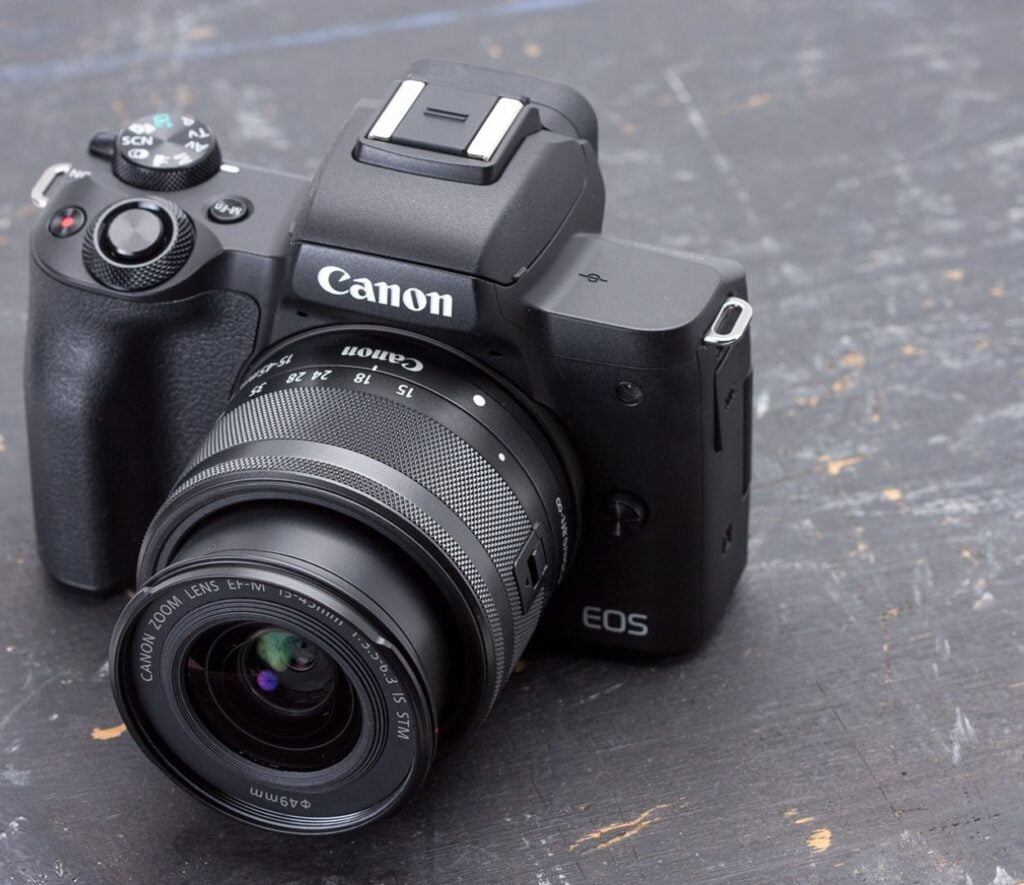
| SPECIFICATIONS- | |
| Viewfinder: | EVF, 2.36 million dots |
| Resolution: | 24.1MP |
| Type: | Mirrorless |
| Connectivity: | Wi-Fi, NFC, Bluetooth |
| Sensor size: | APS-C CMOS |
| Monitor: | 3.0-inch vari-angle touchscreen, 1.04 million dots |
| Max movie resolution: | 4K |
| Size, weight: | 116 x 88 x 59mm, 390g |
It’s a shame that Canon hasn’t made a major upgrade to its EOS M50 predecessor with the EOS M50 Mark II, but it’s still a good 1080p video setup for anyone starting their vlogging journey. The main updates it brings are Eye AF for photos and videos, which works well for the low-end model, and the ability to record vertical videos for Instagram-esque.
The biggest disadvantage of the EOS M50 Mark II is the heavy 1.56x crop on the 4K video, which he inherits from his predecessor. This crop reaches a mass of 1.75x if you enable digital image stabilization – so if 4K video recording is your priority, we recommend replacing the Canon EOS M6 Mark II (see below). But if you’re happy with 1080p video recording, the M50 Mark II is still a great choice thanks to its combination with a large 24.1 MP APS-C CMOS sensor, an interchangeable touch screen, a microphone input, and a compact form number of system.
REASONS TO BUY
- Vari-angle touchscreen
- Excellent Dual Pixel Autofocus
REASONS TO AVOID
- Heavily cropped 4K video
- Limited native lenses
7. Canon PowerShot G7 X Mark III
Still a fine pocket vlogging camera, despite the arrival of the Sony ZV-1

| SPECIFICATIONS- | |
| Viewfinder: | None |
| Resolution: | 20.1MP |
| Type: | Compact |
| Connectivity: | Wi-Fi, NFC |
| Sensor size: | 1.0-type |
| Monitor: | 3.0-inch tilt-angle touchscreen |
| Max movie resolution: | 4K |
| Size, weight: | 105.5 x 60.9 x 41.4mm, 304g |
Long popular with vloggers, the Canon G7X series debuted with the Mark III. There’s a very capable 20.1-megapixel 1-inch sensor, but it now also features 4K video recording without cropping, along with something that’s often requested – a microphone jack.
This means you can record audio to and from the internal microphone range if desired. Even better, the G7X III can stream on YouTube – so far an advantage over the Sony ZV-1 – so you can live to vlog whatever’s going on around you, without having to switch to using your smartphone. USB charging is another great feature, meaning you can get it moving – be especially careful if you’ve shot a lot of 4K videos.
Thanks to the G7X Mark III’s only contrast AF and more limited tilt screen, the Sony ZV-1 made it to this list, but it’s also more affordable and worth considering if you need the best camera for vlogging.
REASONS TO BUY
- Tilting touchscreen
- Effective stabilization
- Mic input
REASONS TO AVOID
- No viewfinder



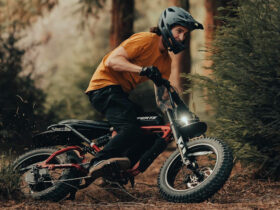
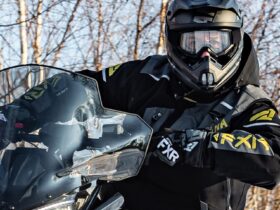
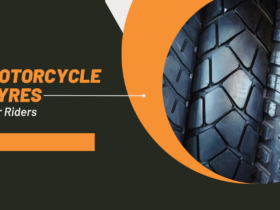
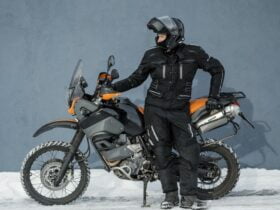

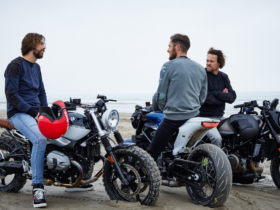
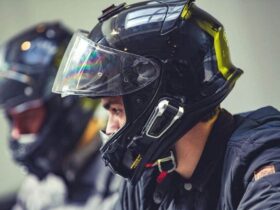
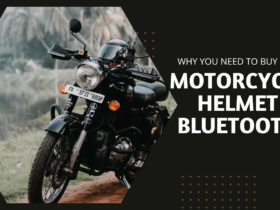

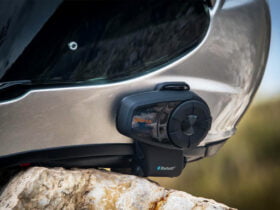
Leave a Reply